In this post I have explained an enhanced transformerles power supply circuit design which consists a well stabilized and regulated DC stage along with a relay driver stage which operates through an external pulse. he idea was suggested by Mr. Reza.
Technical Specifications
Reza: Dear Sir, I have a problem with one Circuit regarding converting an Ac 110v power supply to 220v or 250v AC. But I am unable to do it.
You’re Blog Site and your Circuits make Me crazy, really you are an Electro Man. My Interest is growing more and more with every visit to your site. This has inspired me to solve my problem with your help.
So, I need to send you some pictures of that circuit which I want to convert from AC 110v to 220v up 250v AC Main Line.
Sir I am waiting for your response. Simply should I change the 105-250v Capacitor and two Resistors that are 100kΩ and 100Ω or something more than that.
But I am confused regarding what is the real one for 220v up to 250v. For your information I have changed the 200watt Halogen Bulb too.
I have used two square sizes LED (Per Bulb head) and the extra 5volt Mobile Charger Adapter power source for my LEDs, and connected with RL1.
My Response:
Can you specify what exactly are you trying to build?
Reza: I am building nothing. Trying to convert my 110v motion sensor device to220v AC. That's all
But I am not sure with the procedures. That's why i need your help sir, it is transformerless power circuit board.
Circuit Operation:
Before we modify the design for 220V application, let's first understand the functioning of this upgraded transformerless power supply with relay changeover trigger circuit through the following discussion
Referring the diagram given below, the various parts can be categorized with the following operations:
C1 = High voltage capacitor for stepping down the mains current to tolerable circuit limits.
D3, D5, D6, D7 form the basic bridge rectifier stage.
C2, C4 are for filtering the spikes and the ripples from the DC components.
Q2 forms the emitter follower with its base clamped at 24V by the zener diode D9 and R7.
Being an emitter follower, the voltage at emitter also will be equal to the base voltage, that is 24V and current equal to the combined value of base and collector.
This +24V emitter output is applied to the 24V relay via Q1. When Q1 is triggered from an external positive source via R10 (orange wire), the relay activates.
R8 and D8 connected to the emitter of Q2 forms an additional 5V stabilized output, may be for some specified purpose across the shown RED wire.
R5 is used for included for restricting switch ON surges, while R6 for discharging C1 whenever the system is unplugged from mains.
Modifying the Circuit for 220V Operation
As requested by Mr. Reza, the circuit needs to be modified so that it can safely operate even with 220V supplies, however a close look reveals that except C1 voltage everything seems to be in order and well suited for voltages right from 110V to 300V.
So, C1 should be changed to 105/400V, and may be R7 should be tweaked a bit or its wattage increased to some higher level and R6 raised to 1M, rest everything looks perfect and well organized.
Circuit Diagram

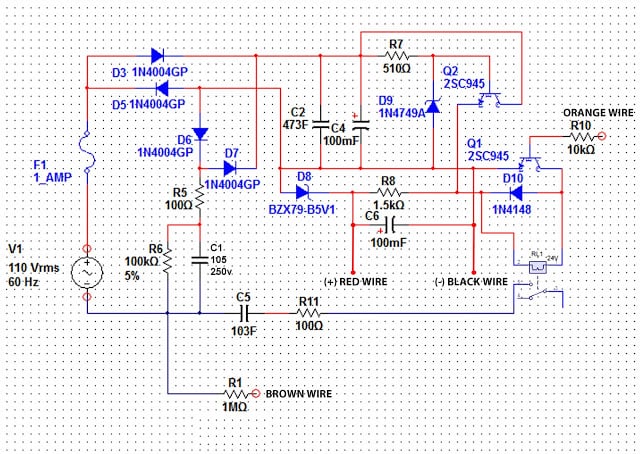
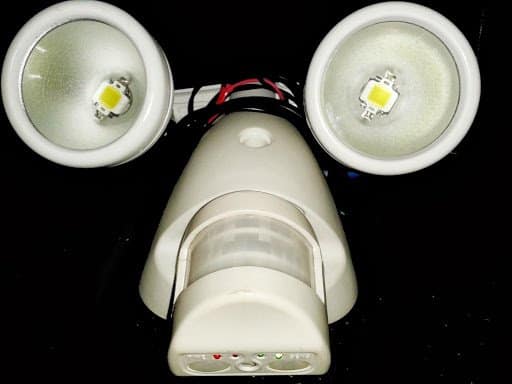


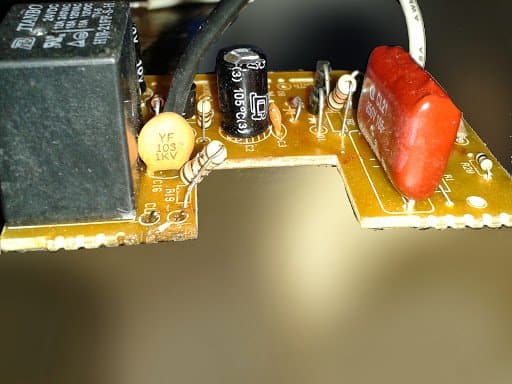
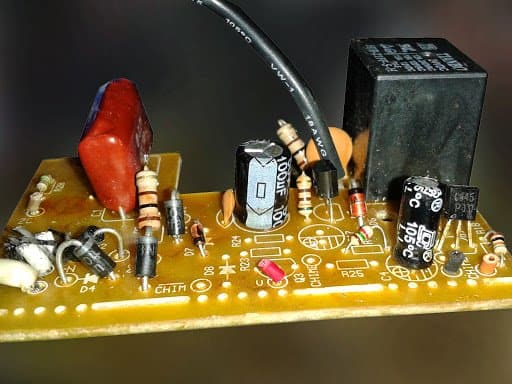
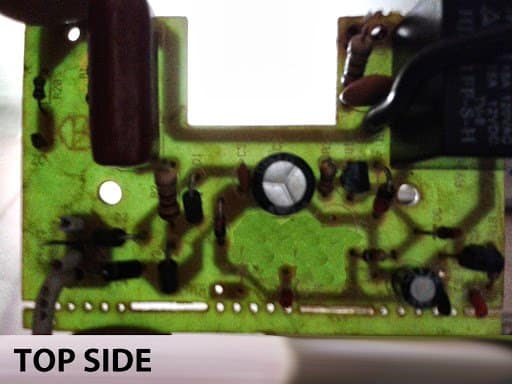
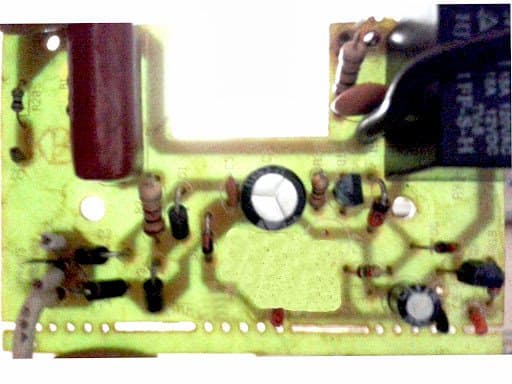

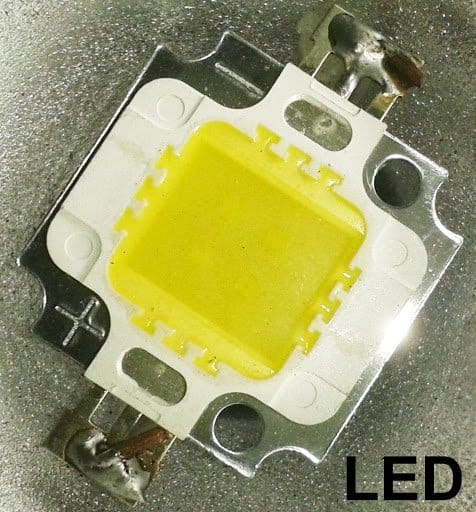
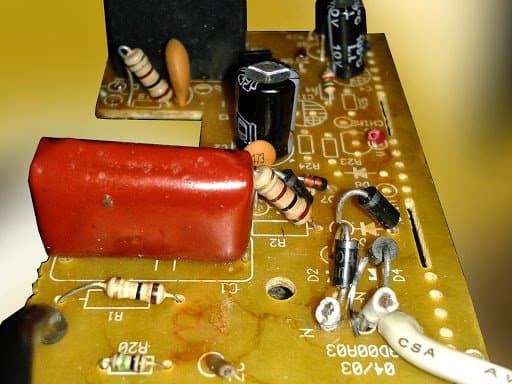

Have Questions? Please Leave a Comment. I have answered over 50,000. Kindly ensure the comments are related to the above topic.
hi swagatam i dont know thate weither my comment are visible for you ???
Hi Sedigh, once the comment is posted it will reach me without fail, so you can rest assured you will get the replies.
hi dear sir swagatam majomdar i would like to know most about transforless circuits for using to atmaga chip with fully protection and also useing an ic 7805 in outlet circuit excuse me concern poor english
weather you can suggest me an circuit about this
with best regards
Hi Sedign, I am sorry I do not have this circuit presently using Atmega chip
hi swagatam majomdar can i use of an 7805 in output the circuits that are transforless???
Sedign, a 7805 can be applied after a 24V zener diode, or through a MOSFET regulator
Hi swagatam
I constructed the ckt for 24v relay but it works only for few minutes
what is the reason. most of the ckts work only for few minutes
i used 1n4007 diodes
please help me
Hi Shrikant, It'll be difficult for me to judge the fault without actually seeing it, can you tell me what exactly are you trying to build or implement with the design? I could suggest an alternative and easier circuit.